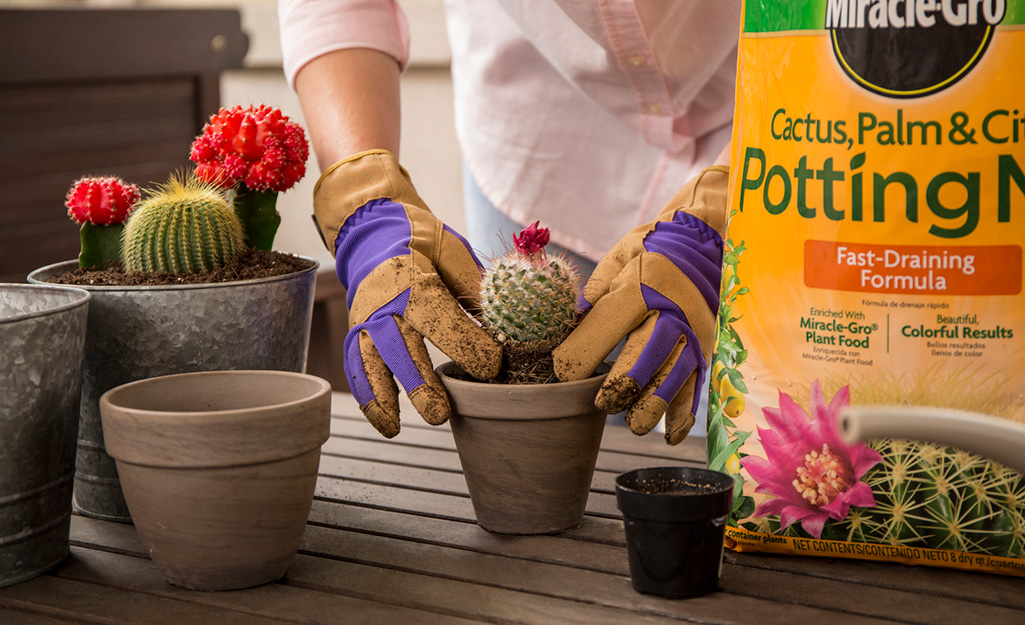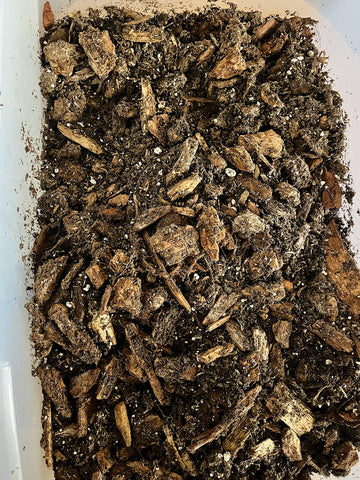If you’re new to the indoor gardening world, the concept of a special curated potting mix might seem a little overwhelming. This potting mix is actually a blend of different soil components, carefully combined to promote healthy plant growth. Or, maybe you hear words like “airy, well draining soil” or “houseplant potting mix” and you’re not really sure what that means or what best soils for indoor plants look like. Well let’s take a deep dive into the world of soil and what soil mix is perfect for you plant and plant parenting style.
Hey plant lovers! I’ve been battling those pesky fungus gnats in my indoor garden for years, and I finally cracked the code on keeping them away. Today, I’m gonna share everything I learned about picking the perfect potting soil that’ll keep your plants happy and those annoying gnats far away from your indoor jungle.
Why Your Regular Potting Soil is a Gnat Magnet
Let’s get real – those tiny black flies buzzing around your plants are super annoying! The problem often starts with regular potting soil that’s packed with
- Rich organic matter
- Lots of moisture-retaining materials
- Decomposing plant material
- Perfect breeding conditions for gnat larvae
These conditions are basically rolling out the red carpet for fungus gnats. Trust me, I learned this the hard way!
Best Soil Components for a Gnat-Free Mix
After lots of trial and error here’s what I’ve found works best
1. Coco Coir – Your New Best Friend
- Super fibrous and drains quickly
- Better oxygen circulation than regular soil
- Less organic matter = less gnat food
- More sustainable than peat moss
- Great for moisture control
2. Inorganic Materials
- Perlite: Those white little balls that improve drainage
- Vermiculite: Helps with aeration while holding some moisture
- Sand: Creates a natural barrier against gnats
- Gravel: Perfect for drainage layers
3. Special Mixes Worth Trying
- Succulent/cactus mixes (they’re super gritty!)
- Soilless growing mediums
- Peat-free blends
- Custom DIY mixes
My Favorite DIY Gnat-Resistant Soil Recipe
Here’s my go-to mix that’s been working amazingly:
Base Mix:- 50% coco coir- 25% perlite or vermiculite- 15% orchid bark- 10% horticultural sandOptional Add-ins:- Worm castings (just a handful)- Activated charcoal (helps with odors)Smart Watering Tips to Keep Gnats Away
Even the best soil mix needs proper watering! Here’s what works:
- Let soil dry between waterings
- Only water when top inch feels dry
- Empty those drainage trays ASAP
- Water less during winter
- Bottom water when possible
Extra Tips That Actually Work
I’ve tried these myself and they’re game-changers:
- Top dress with sand or gravel
- Use yellow sticky traps near plants
- Repot new plants immediately in fresh mix
- Mix hydrogen peroxide solution (1:4 with water) for emergency situations
- Remove seriously infested soil completely
Warning Signs Your Soil Might Attract Gnats
Watch out for these red flags:
- Soil stays wet for days
- Visible organic matter chunks
- Compacted or dense texture
- Musty smell
- Previous gnat problems
Final Thoughts
Look, getting rid of fungus gnats isn’t rocket science, but it does need some attention to detail. Start with the right soil mix, stick to smart watering habits, and you’ll be amazed at how quickly those annoying little flies disappear.
Remember: The key is prevention! It’s way easier to start with the right soil than to fix a gnat problem later.
Happy planting, folks! And may your indoor garden stay forever gnat-free!
P.S. – If you’re dealing with a current gnat invasion, don’t worry! Switch to these soil methods gradually as you repot, and you’ll see those pesky bugs disappear over time.

Getting Started – Types Of Potting Soil Mixes
Potting soil isn’t one size fits all, meaning, you can’t just grab dirt from outside or garden soil and use it for your indoor plant. Outdoor soil is typically very dense and made of water retaining materials that can cause problems for house plants due to excess water retention, which may lead to root rot and other health issues for your plants roots.
Soil for indoor plants is made from peat moss or coco coir, worm castings, and perlite or vermiculite. These ingredients provide organic matter essential for healthy house plants. Comparing the two soils side by side, you’ll notice how much lighter the indoor potting soil will feel compared to an outdoor mix. A houseplant soil mix is a custom blend designed specifically for house plants to improve drainage, aeration, and overall plant health.

If you want to grow big, beautiful indoor plants, getting the right type of potting mix is key. Many common indoor plants, like Monstera, Fiddle leaf fig, and Hoya, require certain amendments for the roots to truly thrive and healthy plants to not succumb to root rot.
Soil for Indoor Plants: Potting Soil Ingredients
Potting soil or potting mix are made out of a number of ingredients. Below we describe a few of these ingredients to make the best potting soil for indoor plants.
Organic potting soil, like Espoma organic potting mix, is a great brand of potting soil you can find in many garden centers. However, with most potting mixes, soil straight out of the bag is usually a key for disaster. While these potting mixes are made for indoor plants, they still hold onto a lot of moisture. Even the under-watering plant parent can run into problems with root rot if the soil isnt properly aerated.
Coco coir is a by product of coconut husk and a great soilless mix option! Coco coir is used for many different things like floor mats, brushes, mattresses and a great alternative for peat moss and regular potting soil. Personally, I prefer coco coir over regular potting soil because of fungus gnats. Fungus gnats love damp soil and organic potting soil holds onto water a lot longer than coco coir. If you tend to over water your plants or deal with fungus gnats a lot, consider switching to coco coir. Read more about how to get rid of fungus gnats here. But note, it can become compact over time if you’re not regularly watering the plant.
Coco coir is also a great alternative for peat moss. Peat moss is obtained through a very disruptive process from the peat bogs. Peat moss and coco coir have the same components; they both are great with water retention, perfect for seedlings, helps increase air flow in your potting mix, and make a great alternative to soil. However, coconut coir has the added benefit of being the more sustainable option.
Coco coir is an excellent medium for rooting plant cuttings and starting seeds because it retains moisture well while providing good aeration, which encourages healthy root development and successful germination.
Easy One Step – How To Get Rid Of Fungus Gnats – 100% Guarantee – Fungus Gnat Prevention
FAQ
What is the best potting soil for indoor plants to avoid gnats?
A very effective way to eliminate the breeding grounds of fungus gnats is to avoid using compost in your planting medium – this is called a “soilless mix.” Such a mix would be composed of a mixture of any of the following in different ratios: peat moss, coconut coir, perlite, vermiculite, or coarse sand.
Which potting soil does not have bugs?
Miracle-Gro Potting Mix, For Container Plants, Flowers, Vegetables, Shrubs, Annuals, Perennials, Feeds up to 6 Months, 8 qt., 2-Pack.
What is the best potting mixture for indoor plants?
Many indoor gardeners use peat-lite mixtures, consisting of peat moss and either perlite or vermiculite. In more recent years, coconut coir (or coco coir) has become a popular, lower cost, and more sustainable alternative to peat moss. These soilless media are sterile, lightweight and easy to handle.
How to make sure there are no bugs in potting soil?
Try putting your bag of potting soil into a large clear bag and leave it out in the sun on a hot day for a few hours. The temp inside should get up to 120+ and kill any critters in it.
